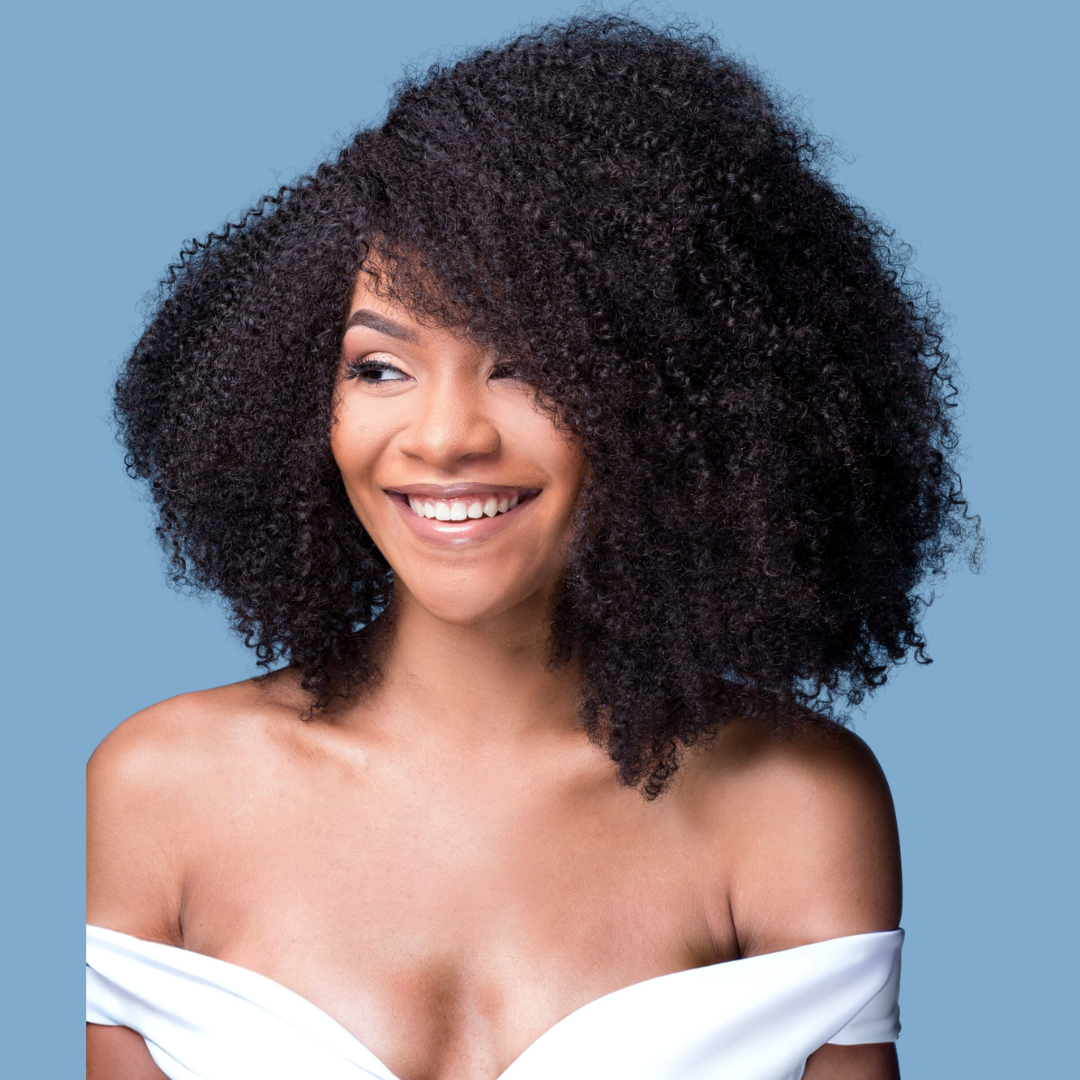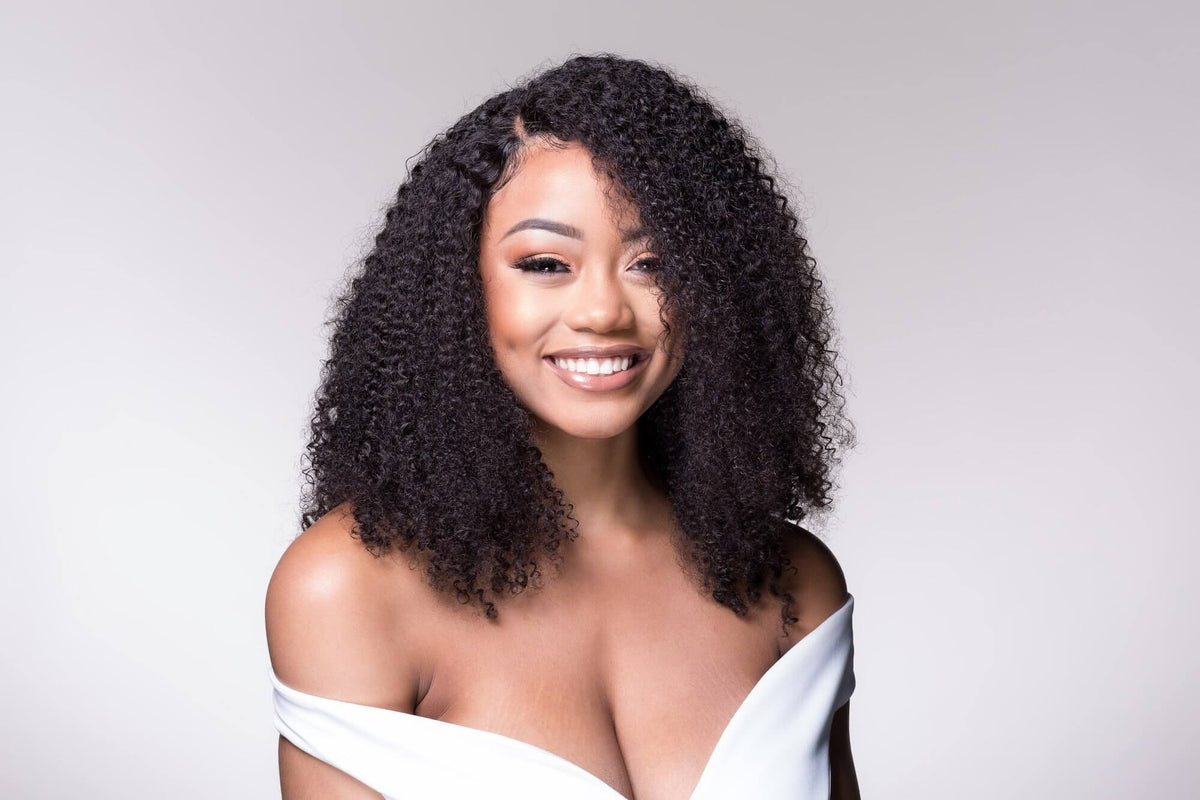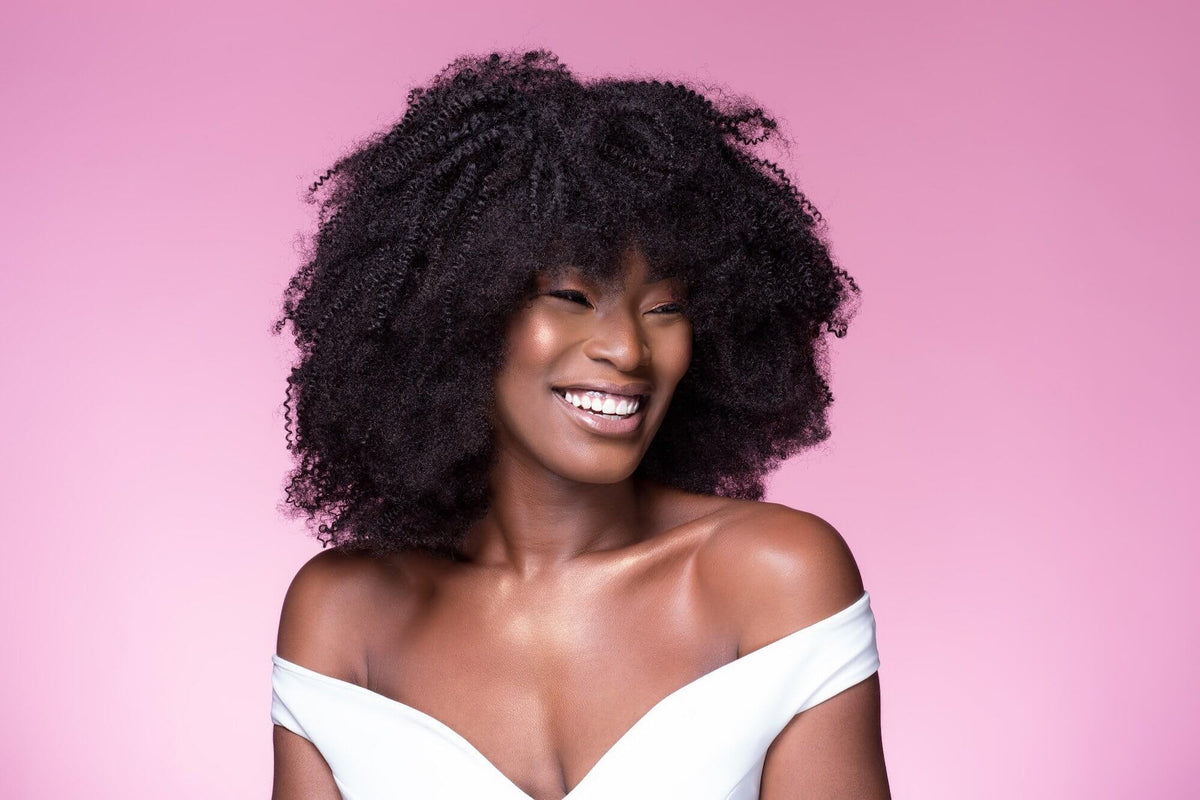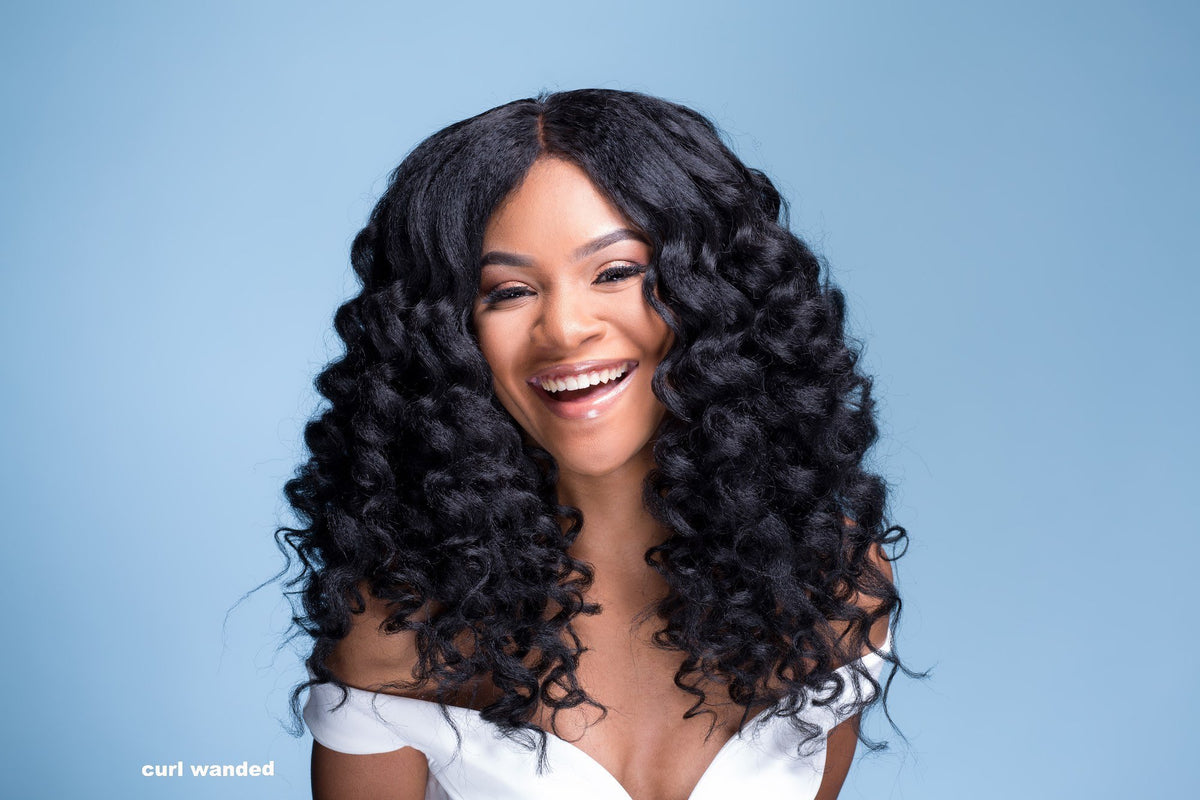
All your life, you’ve simply known that your hair was curly. You washed it and conditioned it, and that was probably all that there was to taking care of your curly hair. Now, with all of the hair typing terms being thrown around, you might be a little bit confused about what they mean - and more importantly, where your hair falls on the kinky curly hair type spectrum. Luckily for you, here’s a short-yet-comprehensive guide to everything you need to know about the 3C hair type.
Identifying Your 3C Hair
Type 3 hair is characterized by s-shaped curls. Although 3A, 3B and 3C hair may seem difficult to tell apart, you can always make things a bit clearer by looking at the tightness of the curl pattern. 3A hair has the loosest s shape, 3B is a bit tighter and 3C typically looks like tight, springy S-shaped curls. YouTuber MahoganyCurls is a great example of 3C hair, but keep in mind that though you may have 3C hair as well, your hair will not necessarily look exactly like hers.
No two heads of hair types are exactly the same, and there are quite a lot of factors that can influence the way your curls are defined and look. Product, damage, hydration and frizz all have an effect on your hair’s curl pattern and curl definition.
Now that you know how to identify 3C hair, you’re probably thinking “what next?” Well for one, your old habits of washing and conditioning just aren’t going to cut it if your ultimate goal is thick, healthy hair. What’s more, you’re also going to need to add new practices to your haircare routine.
Caring for Curly Hair
Caring for curly hair is a journey. You’re going to have to unlearn many of those haircare practices that you might have used along the way. No, oil is not a moisturizer, and yes, combing your hair too often can cause you to experience major breakage. If the task of caring for your 3C hair seems a bit daunting, you can break it down into three major areas: cleansing, moisturizing and styling.
Cleansing
When it comes to washing and conditioning curly, coily or kinky hair, the most important thing you can remember is this: sulfates are your enemy. Most commercial shampoos contain sodium laureth ⁄ lauryl sulfate. Though this is what gives shampoos and body washes those lovely, foamy suds, sulfate is also a very powerful detergent.
Although straight-haired guys and girls often wash their hair every day or every other day to be rid of oils, your natural kinky curly hair needs natural oils to remain soft, supple and moisturized. When you wash your hair with a sulfate shampoo, this strips your hair of all of these oils. Don’t get us wrong, though - sulfate shampoos are great at what they’re made to do, which is remove dirt and oil from your hair - they just take all the good stuff away while they’re at it, too.
For hair that retains its natural oils and stays soft and healthy, you can either dilute your shampoo with water to weaken its potency or go with a co-wash. Co-washing is simply using regular conditioner or a cleansing conditioner to clean your hair and scalp. It’s much gentler on your hair, doesn’t cost much, and leaves your 3C tresses much softer than shampoo does.
Moisture, moisture, moisture
Arguably the most important thing about growing thick, healthy and strong 3C hair is moisture. Hair cannot thrive if it isn’t hydrated, and this is even more so for curly hair. If you moisturize your 3C hair once a week and you haven’t been seeing any results, then you really shouldn’t be surprised. Moisturizing daily is a godsend for curly hair, and your mane will thank you for it. Try spritzing your hair with water every day, using just a store-bought moisturizing cream on your ends daily or even both for extra hydration and moisture retention.
Outside of daily moisturizing, deep conditioning is the single most powerful practice you can add to your haircare routine to transform your curls. Just sitting with a mask or treatment on your hair for 30 minutes weekly under a hooded dryer can turn limp, fried strands into plump, bouncy and shiny curls. Using a deep conditioner with hydrolyzed protein gives your hair an even bigger boost, as protein fills gaps in the hair strand and prevents moisture from escaping the hair too quickly. Glossy, healthy hair that looks and feels great? We can’t think of anything better.
Styling
Styling is often underestimated for just how much it can affect your hair’s health, but let’s face it - a style that protects your ends will do you much more good than a style than pulls on your edges or lets your curls hopelessly tangle up into each other. We know that having your hair flowing freely around your shoulders can be the biggest confidence boost ever, but if this does your healthy hair journey more harm than good, then it might be time to pack up those styles and try your hand at some easy, effective protective styles.
Remember that not every protective style serves its purpose well. Super small box braids or twists can pull at your hairline, weakening your strands and even cause breakage and hair loss. Instead, try styles using your own hair, like buns, updos and twists. If you’re dying to experiment with braids, opt for medium-sized to large box braids or twists instead of smaller ones. Your hair will thank you, and you’ll look just as stylishly stunning.
Curly hair can be a chore, but the beauty of a head of healthy curls is definitely worth the work that you’ll be putting into it. With the right cleansing, moisturizing and styling practices, you’ll transform your dry, frizzy hair in absolutely no time.



